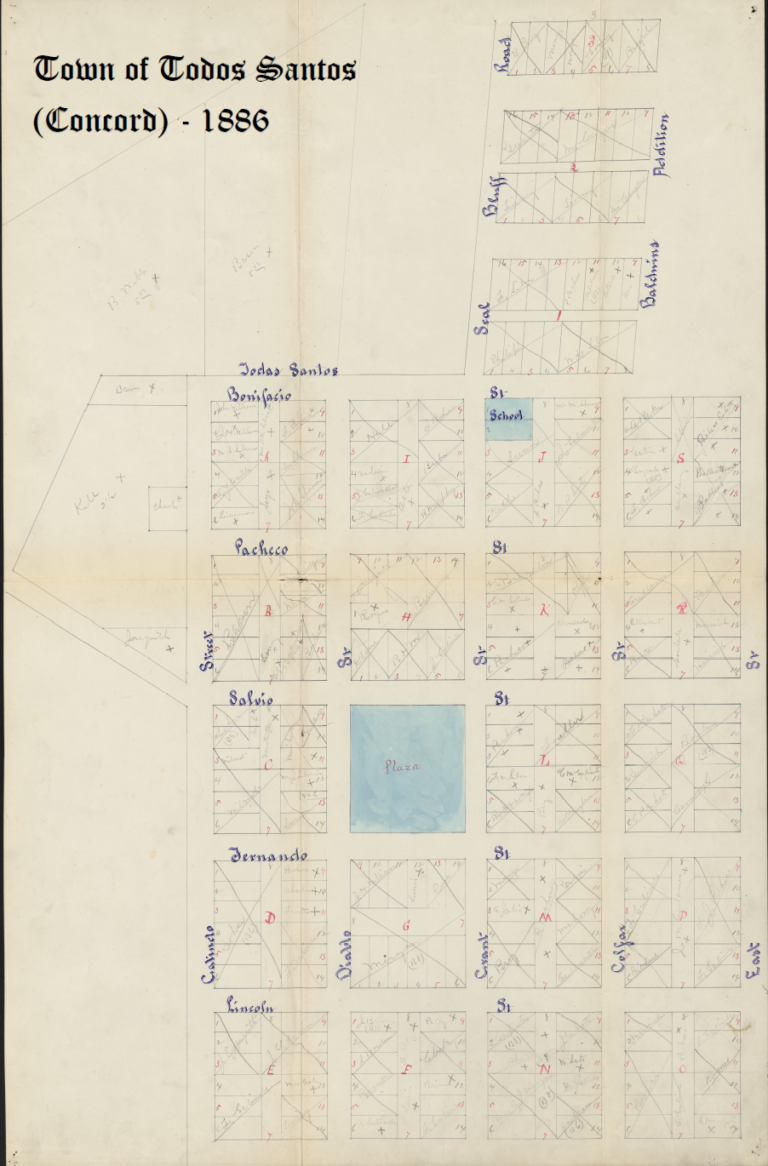American Towns: Concord, California Where I was Born and Live
This is the first installment in a series delving into the basic history and background of Concord, California, which is approximately 29 miles northeast of San Francisco, California
Early Inhabitants
The area that is now Concord, California, was originally inhabited by the Miwok people, an indigenous group known for their rich culture and connection to the land.
European Settlement
The first European settlers arrived in the early 1800s. In 1834, during the era of Mexican rule over California, the land that would become Concord was part of a Mexican land grant. This grant was given to Don Salvio Pacheco, who established a large ranch he named Rancho Monte del Diablo. This area was used primarily for cattle grazing and agriculture.
Founding of Concord
In 1869, a new town was planned and established on a portion of Don Salvio Pacheco’s land. The name “Concord” was chosen by the town’s founders as a symbol of harmony and agreement. The town was officially laid out on land donated by Pacheco’s son, Fernando Pacheco. This planned development marked the formal beginning of Concord as a community.
Agricultural Beginnings
Concord started as an agricultural community, with early settlers primarily engaged in wheat farming. Over time, the agricultural focus shifted to include walnuts, grapes, and other fruits, reflecting the region’s fertile soil and favorable climate.
Railroad and Growth
The arrival of the Southern Pacific Railroad in 1891 was a significant milestone in Concord’s development. The railroad connected Concord to larger markets, facilitating commerce and encouraging population growth. This period marked the beginning of Concord’s transformation from a small farming community into a more bustling town.
Buy Your Personalized Railroad Sign
World War II and Military Influence:
World War II brought substantial changes to Concord. The construction of the Naval Weapons Station Concord and the Concord Naval Air Station during the war years turned the city into a key military hub. This military presence spurred economic growth and led to a population boom, as workers and their families moved to the area.
Post-War Suburbanization:
Following the war, Concord experienced rapid suburbanization. The development of housing and infrastructure transformed the city into a suburban residential community for people working in nearby cities like San Francisco and Oakland. The introduction of the Bay Area Rapid Transit (BART) system in the 1970s made commuting easier and further solidified Concord’s role as a residential hub.
Modern Concord:
In recent decades, Concord has continued to grow and evolve. It boasts a diverse population and a robust economy, with sectors ranging from retail and healthcare to technology. The city’s downtown area has undergone revitalization, attracting new businesses and cultural amenities.
Cultural and Recreational Highlights:
Concord is home to notable cultural venues such as the Concord Pavilion, an outdoor amphitheater that hosts concerts and events. Todos Santos Plaza, the heart of downtown Concord, remains a central gathering place for community events, concerts, and a popular farmers’ market. Additionally, the proximity to Mount Diablo State Park offers residents and visitors ample opportunities for outdoor recreation.
Discover Concord, California – the vibrant town where I was born and live, offering a unique blend of American history, culture, and community spirit.
Find All Your Gadgets, Clothing, and Day to Day Items on TEMU

